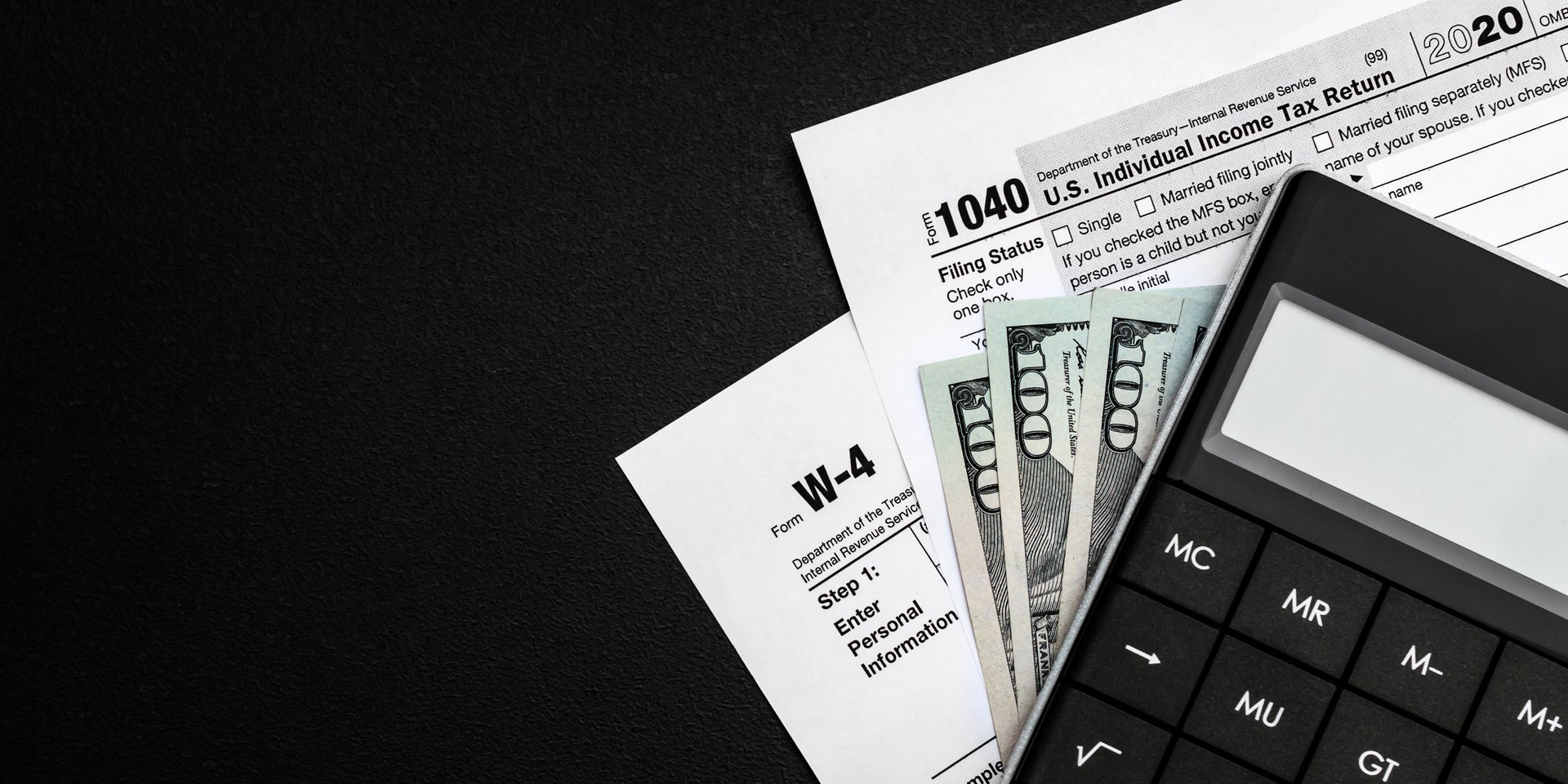
Understanding Self-Employment Tax: A Guide for Small Business Owners
Ever wondered what's SE Tax? Read on!
5/24/20232 min read


For many small business owners, the world of taxes can be overwhelming and confusing. One tax that often raises questions is the self-employment tax. As a small business owner, it's crucial to have a solid understanding of this tax to ensure compliance and make informed financial decisions. In this article, we'll explore what self-employment tax is, how it works, and what small business owners need to know to navigate this aspect of their business finances.
What is Self-Employment Tax?
Understanding Self-Employment Tax Rates
Calculating Self-Employment Tax
Quarterly Estimated Tax Payments
Self-employment tax is a tax imposed on individuals who work for themselves. It's designed to cover Social Security and Medicare taxes, which are typically withheld from an employee's paycheck by an employer. When you're self-employed, you're responsible for paying these taxes on your own earnings.
The self-employment tax rate consists of two parts: the Social Security tax and the Medicare tax. As of 2021, the total self-employment tax rate is 15.3% of your net self-employment income. Here's the breakdown:
Social Security Tax: This portion is 12.4% of your net self-employment income, but it only applies to earnings up to a certain limit. For the tax year 2023, the Social Security tax applies to the first $142,800 of net self-employment income. Any income above this threshold is not subject to the Social Security tax.
Medicare Tax: The Medicare tax is 2.9% of your net self-employment income, with no income limit. Unlike the Social Security tax, there is no cap on the amount of income subject to the Medicare tax.
To calculate your self-employment tax liability, you need to determine your net self-employment income first. Net self-employment income is calculated by subtracting deductible business expenses from your gross self-employment income.
Once you have your net self-employment income, you can apply the self-employment tax rate to it. For example, if your net self-employment income is $50,000, your self-employment tax liability would be $50,000 multiplied by 15.3%, which equals $7,650.
It's worth noting that the self-employment tax is in addition to your income tax liability. Therefore, you should also consider your federal and state income tax obligations when planning your finances.
As a self-employed individual, you're not subject to traditional withholding taxes from an employer. Instead, you're responsible for making quarterly estimated tax payments to cover both your income tax and self-employment tax liabilities. The estimated tax payments are typically due on April 15th, June 15th, September 15th, and January 15th of the following year.
To calculate your estimated tax payments, you'll need to estimate your total income, deductions, and credits for the year. This can be challenging for new business owners, but it's crucial to avoid underpayment penalties. Consulting a tax professional or using tax software can help ensure accurate calculations.
Deducting Self-Employment Tax
The good news for self-employed individuals is that you can deduct a portion of your self-employment tax when calculating your adjusted gross income. The deduction is for the employer-equivalent portion of the self-employment tax, which is equal to half of the total self-employment tax. This deduction helps to offset some of the tax burden for small business owners.
As a small business owner, understanding self-employment tax is vital to stay compliant with tax regulations and manage your finances effectively. By grasping the basics of self-employment tax rates, calculations, estimated


